- During the coaching sessions, thought patterns and fundamental beliefs are revealed.
- The coachee realises that these can support him or limit him. He learns that he has the choice.
- He advances with the coach, but it is the coachee who finds his own approaches, those that suit him.
- The coachee works on what is in his sphere of influence (often greater than he thinks).
- The objective of the coaching is defined and developed with the coachee (without losing sight of the relation with the employer, in the case of workplace coaching).
“This process takes place while observing the effect that this journey will have on me.”
“How can I incorporate my standards and values into it?”
“What impact does this development have on my environment?”, etc.
There are four stages in coaching: cf. the ‘G-R-O-W’ approach of John Whitmore.

